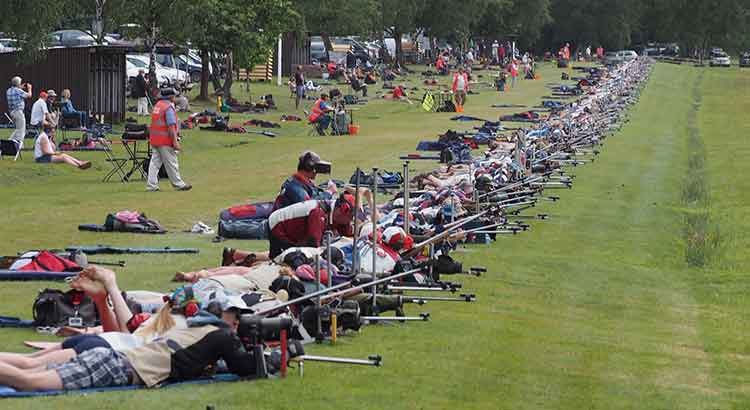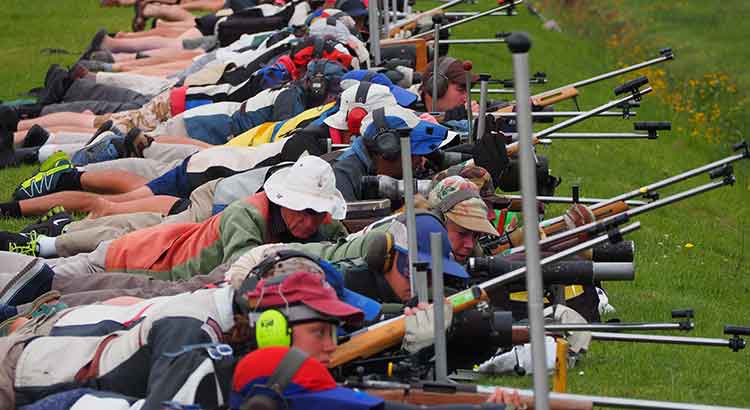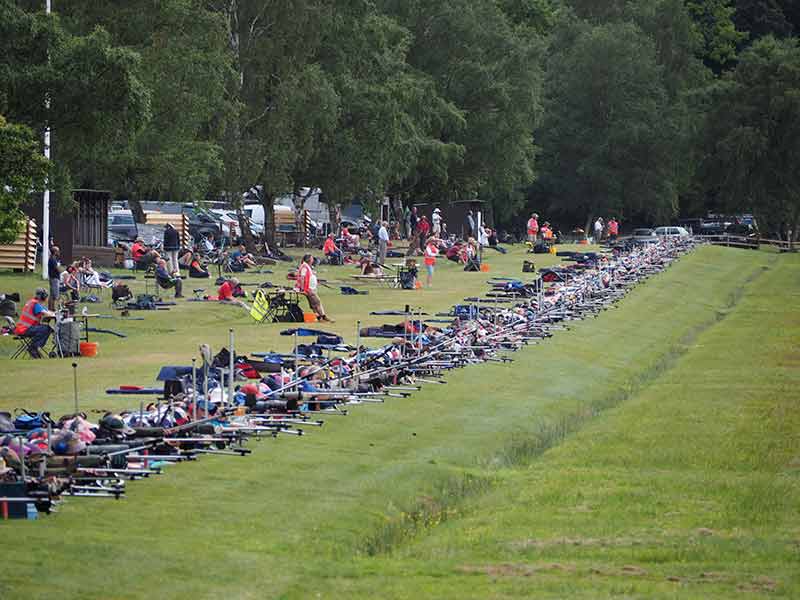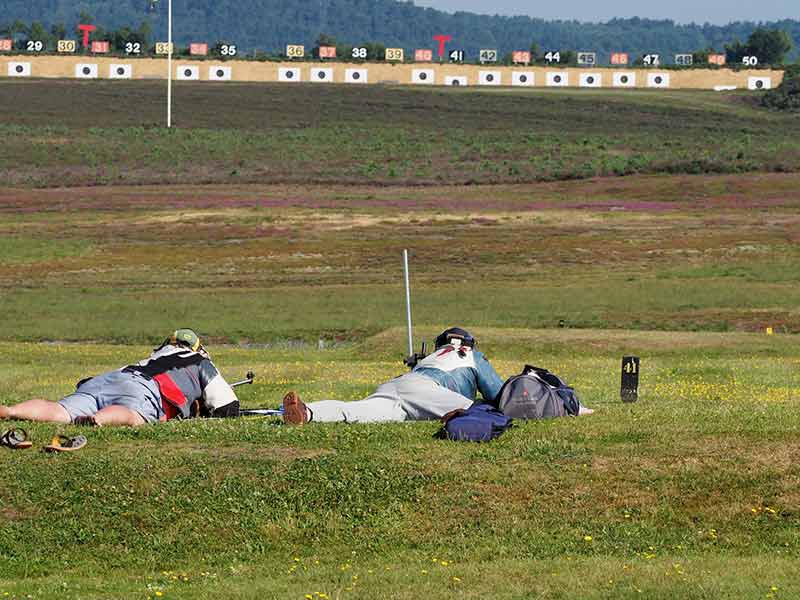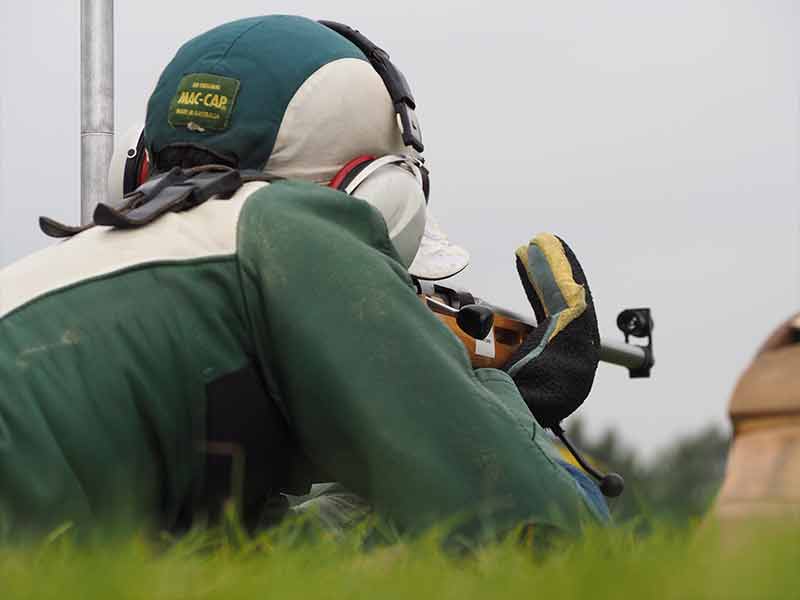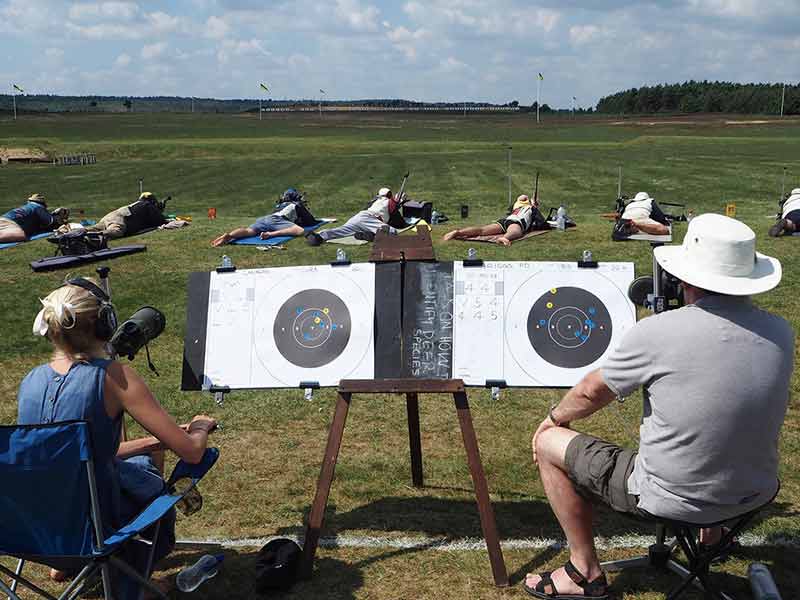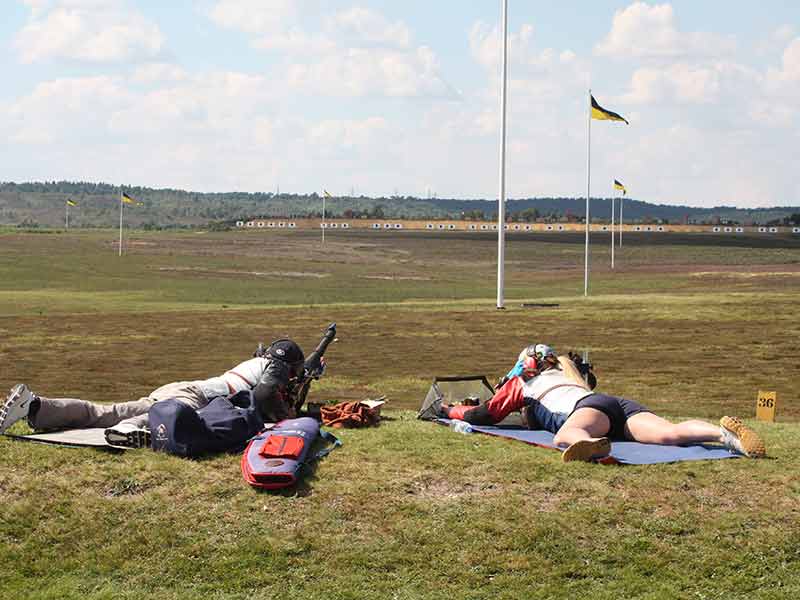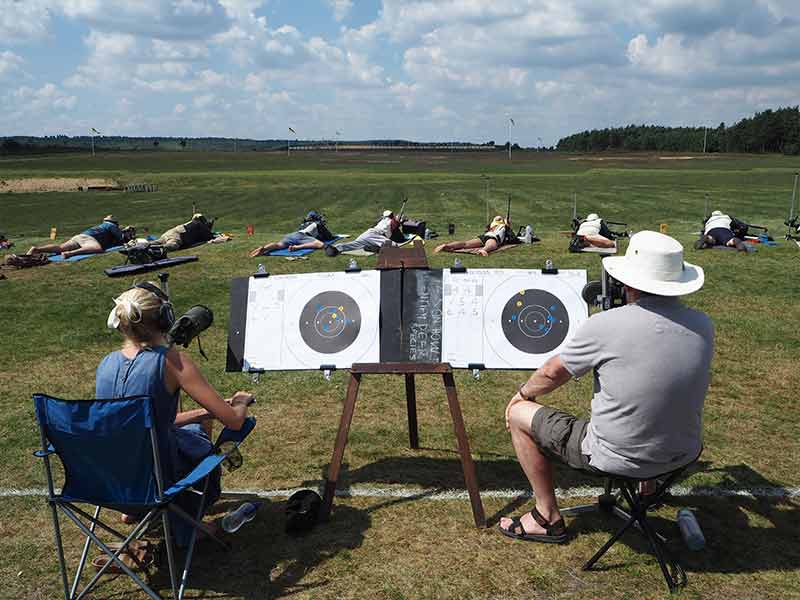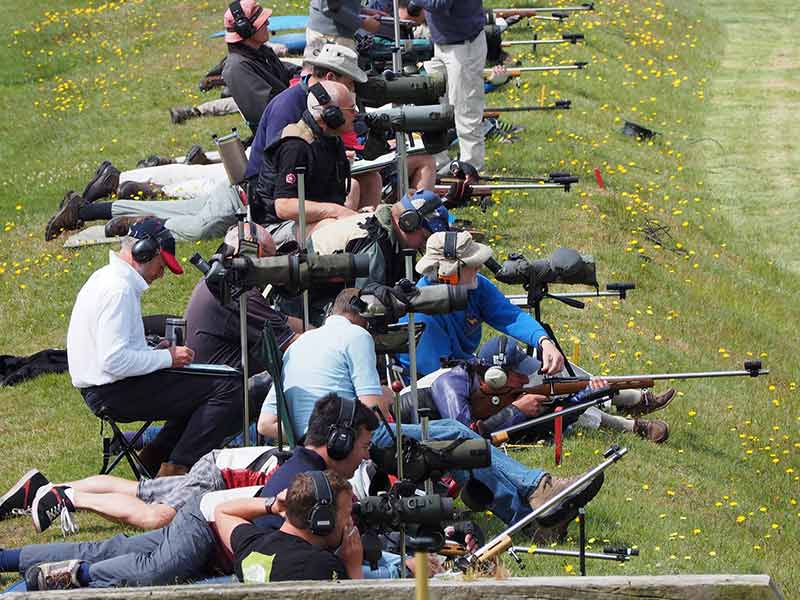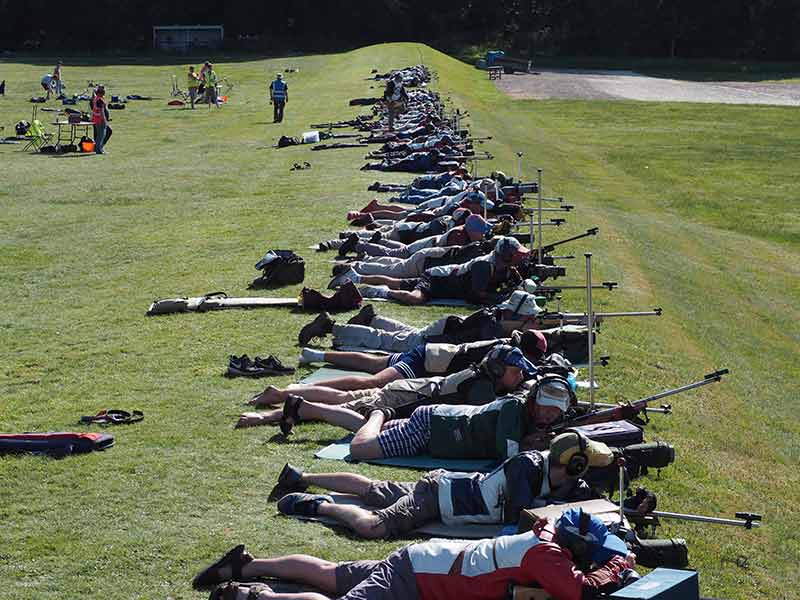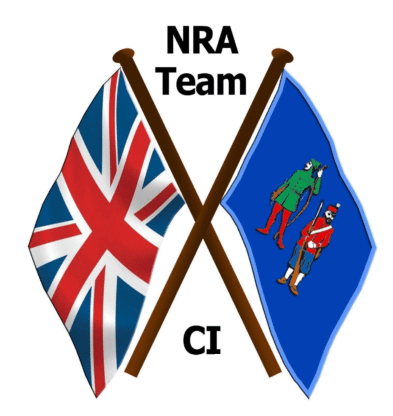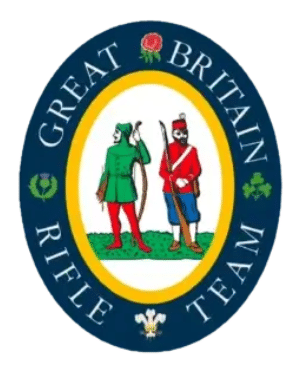Target rifle
Quick Links In The Section
What is it?
Target Rifle (TR) is the NRA’s heritage and how the Association started. TR competitions are shot at every level from an informal challenge between two individuals or clubs through County, Home Country and National team competitions, up to the World Long Range Championships for the Palma Trophy and the Commonwealth Games.
TR is also the discipline for Her Majesty the Queen’s Prize at the NRA Annual Prize Meeting at Bisley.
Target Rifle (TR) evolved from Service Rifle (SR) shooting in the late 1960s. Previously the .303″ calibre No. 4 Service Rifle was used with the addition of precision sights that were adjustable for elevation and windage. When the armed forces adopted the Self Loading Rifle (SLR) at the end of the 1960s, target rifles retained the single shot bolt action of the old Service Rifles, but started to evolve into precision made firearms that are extremely accurate and optimised for target shooting. They have sights which are fully adjustable for elevation and windage, but retain the ‘iron sight’ principle (i.e. do not use telescopic sights). To ‘level the playing field’ as much as possible without stifling progress, the rifle, or all its component parts, must be ‘readily available in quantity’. The standard calibre is 7.62mm/.308″.
TR involves prone single shot precision shooting using aperture iron sights at ’round bull’ targets at distances from 300 to 1000 yards, with each shot carefully scored, recorded and analysed. As well as being able to hold a steady aim, the key challenge is being able to judge and allow for the strength of the wind, especially at the longer ranges.
Equipment
To compete in TR you need a Target Rifle (a single-loading 7.62/.308 rifle with adjustable non-magnifying sights – see NRA Rule 150), and the kit to go with it. Minimum: sling, glove, ear defenders, spotting scope, scorebook and pencil. Highly desirable: shooting jacket, mat, hat, waterproofs, ammo box, small clipboard, rifle tools and a bag to carry it all in. Many clubs own rifles and equipment that members can borrow if they do not have their own.
Competitions
TR competitions are shot at some combination of 300, 500, 600, 900 and 1000 yards in the prone position at a static round-bull target. For individual competitions, each shot is fired in a 45-second time bracket and each shot is scored separately. Competitors shoot 2 or 3 to a target and keep score for each other and each competitor is responsible for their own wind judgement and sight corrections to centre their group. A single competition or stage normally consists of 2 sighting shots and 10 or 15 scoring shots, though there are exceptions.
For team matches, each target generally has a dedicated wind coach, who is responsible for judging and allowing for the strength of the wind and centring the group, by adjusting the shooter’s sights, so that the shooter merely has to aim at the centre of the target and fire good shots.
For the NRA Annual Prize Meeting, held at Bisley in July, ammunition is provided so that everybody shoots with the same ammunition. Other open prize meetings either also issue standard ammunition, or eitherallow competitors to use any commercially produced ammunition or, in a number of cases, allow competitors to use their own hand-loaded ammunition. Each competition has its own prizes, and there are prizes for groups of competitions taken together – aggregates. The biggest of these is the Grand Aggregate, shot over 6 days and widely regarded as the most stringent test of target rifle shooting anywhere.
There is no qualifying standard to enter. The only limitation comes from one of the safety rules, which broadly requires you to actually hit the target (anywhere on the paper will do) from the first shot. So you do need to have done enough shooting to understand how to set your sights correctly for each distance.
For full details on the current competition calendar, please click HERE
How to get involved
Contact the NRA to find a club near you, or join the Bisley-based NRA Shooting Club, which holds regular shoots for club members to practice, with coaching available for the less experienced.
Those who have no prior shooting experience will need to go through a 3 month probationary period, including an introductory course to learn the basics of safe shooting, before being accepted as a full member.
